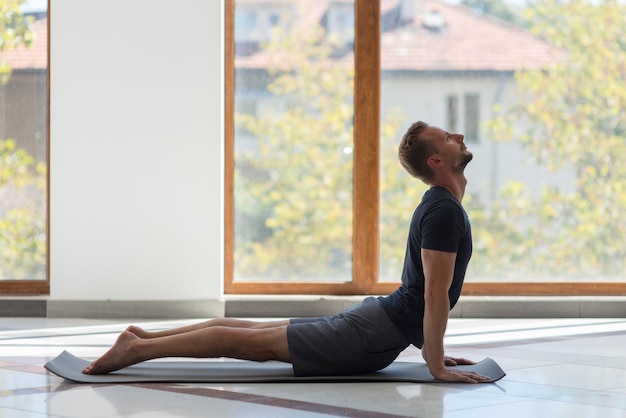If you're dealing with back pain but want to stay active, walking is one of the most effective, low-impact exercises you can do. Unlike high-intensity workouts that may aggravate discomfort, a consistent 40-minute daily walk can strengthen your core, improve posture, and reduce back strain—without putting pressure on your spine.
Backed by research showing that walking at a moderate to brisk pace for just 15–20 minutes a day improves heart health, lowers dementia risk, and supports weight management, this plan is designed to help you start fast, stay consistent, and track progress weekly—safely and sustainably.
Walking promotes blood flow to spinal tissues, lubricates joints, and strengthens the muscles that support your lower back. Unlike sitting for long periods—which increases pressure on spinal discs—walking encourages natural spinal movement and posture correction.
Studies show that people who walk regularly report less chronic back pain over time. A British study found that individuals who walked for fitness at a brisk pace had lower body weight and better musculoskeletal health—key factors in reducing back strain.

You don’t need to be in peak condition to begin. The key is starting smart with a structured 40-minute plan that builds endurance gradually while protecting your back.
Consistency beats intensity—especially when managing back pain. A predictable routine helps form habits and reduces flare-ups. Follow this weekly walking plan:
| Day | Duration | Pace & Notes |
|---|---|---|
| Monday | 40 min | Moderate pace, focus on posture |
| Tuesday | 40 min | Add 5 min of light stretching post-walk |
| Wednesday | 35 min | Active recovery, slower pace |
| Thursday | 40 min | Include 10 min of brisk walking |
| Friday | 40 min | Practice deep breathing while walking |
| Saturday | Optional 30 min | Leisurely walk in nature if pain-free |
| Sunday | Rest or stretch | Gentle yoga or foam rolling |
Tracking progress keeps you motivated and helps identify what’s working. Each Sunday, take 10 minutes to assess:
While walking is powerful on its own, pairing it with light core and glute exercises 2–3 times a week enhances back support. Try these after your walk:
Walking 40 minutes a day isn’t just about fitness—it’s a sustainable path to better back health, improved mood, and long-term wellness. Fast walking has been linked to longevity, reduced risk of chronic disease, and better weight management—especially important if you're carrying extra weight that stresses the spine.
By starting smart, sticking to a routine, and measuring your progress weekly, you’ll build a habit that supports your back and overall health for years to come. Lace up, step out, and walk your way to a stronger, pain-free life.

Health

Health

Health

Health

Wellness

Wellness

Wellness

Wellness

Fitness

Fitness

Wellness

Health

Health

Fitness

Health

Health